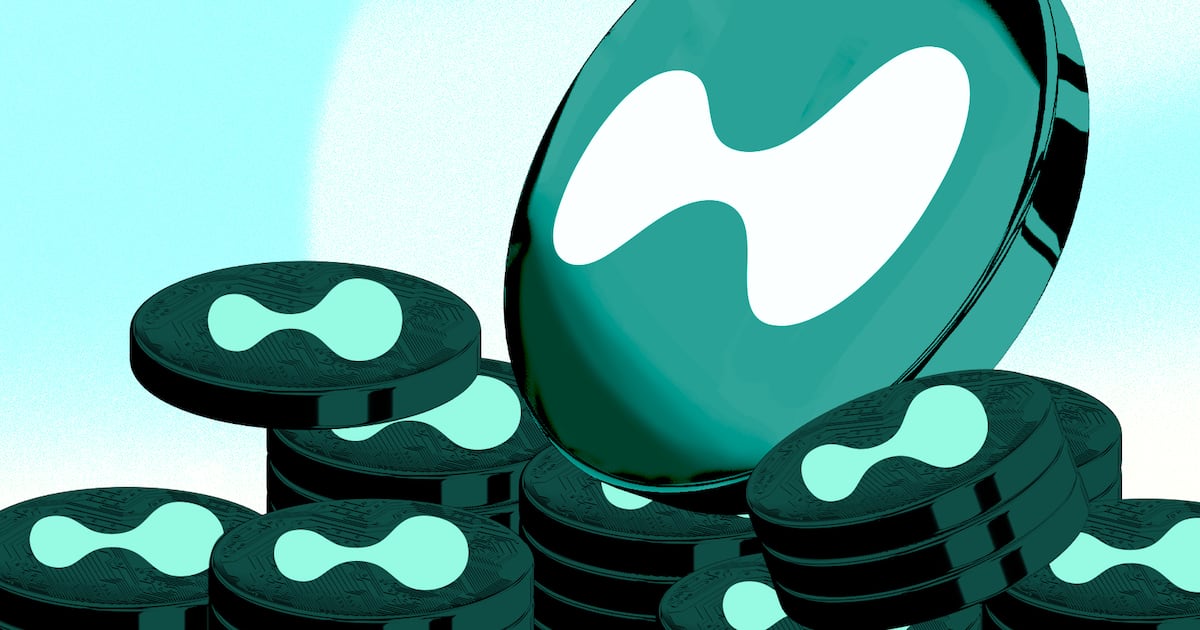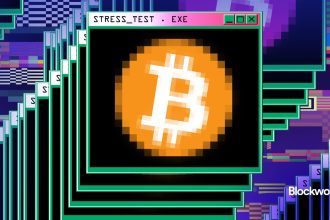Hyperliquid’s Assistance Fund has entered 10-digit territory.
The fund is designed to snap up Hype, the native token of Hyperliquid, the crypto derivatives exchange, and the project may burn the tokens in the future.
The trade has amassed more than $1 billion in Hype tokens and created a major capital recycling engine for the buzzy DeFi project.
Here’s how the engine works.
Always buying
Hyperliquid is a blockchain purpose-built for onchain derivatives trading, and 97% of the fees collected from users are used to buy back Hype.
It’s like a protocol-funded participant, always bidding, always buying.
Hype has soared to an all-time high of $42 this week and is up 65% in the last month, beating Bitcoin, Ethereum and Solana.
And the Assistance Fund is sitting on a trive of $680 million in paper gains after buying Hype tokens at an average price of $14. Hype was at $42 in early afternoon trading UK time.
But can the engine keep running at full throttle? Some analysts say no.
Frontloading
Critics of token buybacks say the process simply front-loads token demand but cannot sustain it.
In March, Sunny Shi, a researcher at DeFi data platform Messari, said buybacks were a poor allocation of a protocol’s capital reserves.
That’s because, as the protocol gains traction and earns more fees, buybacks amount to spending money to acquire the project’s token at much higher prices.
Critics say the funds should be invested in innovation and not buybacks.
Still, several DeFi protocols apart from Hyperliquid run similar playbooks, including DeFi lending giant Aave, Solana decentralised exchange aggregator Jupiter, major Ethereum layer 2 blockchain Arbitrum, and Hyperliquid rival dYdX.
Aave DAO buys the protocol’s Aave token every six hours. Its unrealised profit has risen above $5.4 million, and the token is up almost 40% in the last month.
There are times when the flywheel doesn’t make a token’s value fly.












